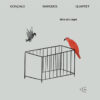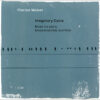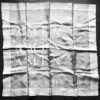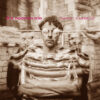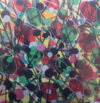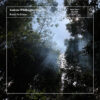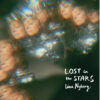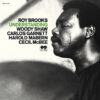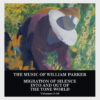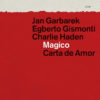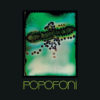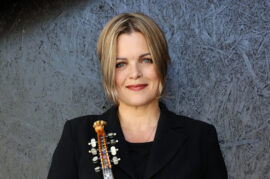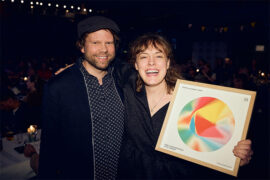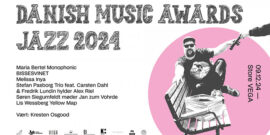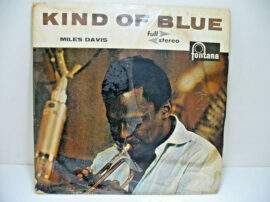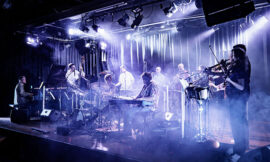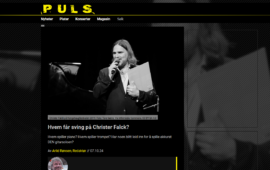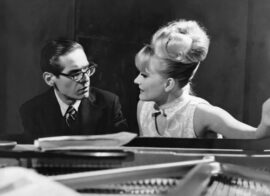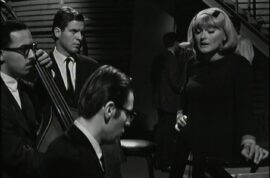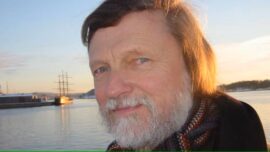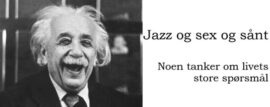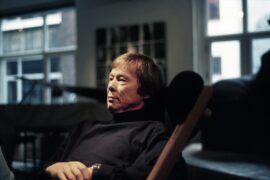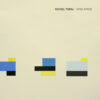
«Open Space» is the retrospective of Portugese electronics wizard Rafael Toral’s of his Space Program releases, more than a decade-long effort to articulate a bold vision of electronic music within free-improvised textures and structures. This retrospective encompasses his fertile output from 2004, and the first release in this series, «Space» (Staubgold, 2006), until 2017, concluded with «Space Quartet» (Clean Feed, 2018). Toral says that imperfection was built-in in the Space Program releases but in every album he somehow found «pearls» that «touched a higher level», and while editing the retrospective he realized that these tracks offered «a view of consistency and accuracy, in form and spirit, that is superior to any of these albums».
The eight tracks emphasize the highly detailed, suggestive and mysterious, minimalist textures that Toral created, often with a deep, dream-state quality (the art work on the cover, Dream of Cities in Colours #14, by Portugese visual artist and musician João Paulo Feliciano, intensified that quality). Toral is assisted by a cast of musicians, among them pocket trumpet player Sei Miguel and Japanese percussionist Tatsuya Nakatani (other guests in this series were Evan Parker and David Toop), who fully understand his idiosyncratic, delicate language, its imaginative phrasings, and his demanding, unique arrangements.
Toral’s iset of instruments and devices feature white noise-based modular synthesizer configuration, glove-controlled sinewaves, modular feedback circuit with a theremin antenna controlling the amplifier and a joystick controlling the filter (that can produce weird birdsongs on «Modular Feedback 1» from «Space Solo 2», Staubgold, 2017 ), MS2 amplifier feedback and the modular feedback and an exploration of a gong i own, with bass modulations captured by «scanning» the vibrating surface with a microphone (inspired by Karlheinz Stockhausen’s seminal «Mikrophonie I», 1964). All these instruments and devices produce enigmatic, ambient and transparent sounds, noises, pulses and voices.
Surprisingly, all sound quite articulate and more accessible than unsettling, and always thoughtful and elegant. Just check the playful-ritualistic «III.III», a duet with Nakatani (from «Space Elements Vol. III», Taiga, 2011), or the meditative «III.VII» (also from «Space Elements Vol. III»), where Toral the gong vibrations are processed via a modular feedback through a loud guitar amplifier with distortion and spring reverb, tuned out to have a quality of eastern-sounding trumpet. You may imagine a reduced version of Evan Parker Electro-Acoustic Ensemble landing on a deep-space planet and meeting an enlightened civilization who speaks a similar, spacy kind of language.
Eyal Hareuveni
César Burago (perc), Rute Praça (c), João Paulo Feliciano (Rhodes), Riccardo Dillon Wanke (Rhodes), Tatsuya Nakatani (perc), Sei Miguel (pocket tp), Fala Mariam (atb), Ruben Costa (synth), Rafael Toral (elec)
Space Quartet 2019 from Rafael Toral on Vimeo.

